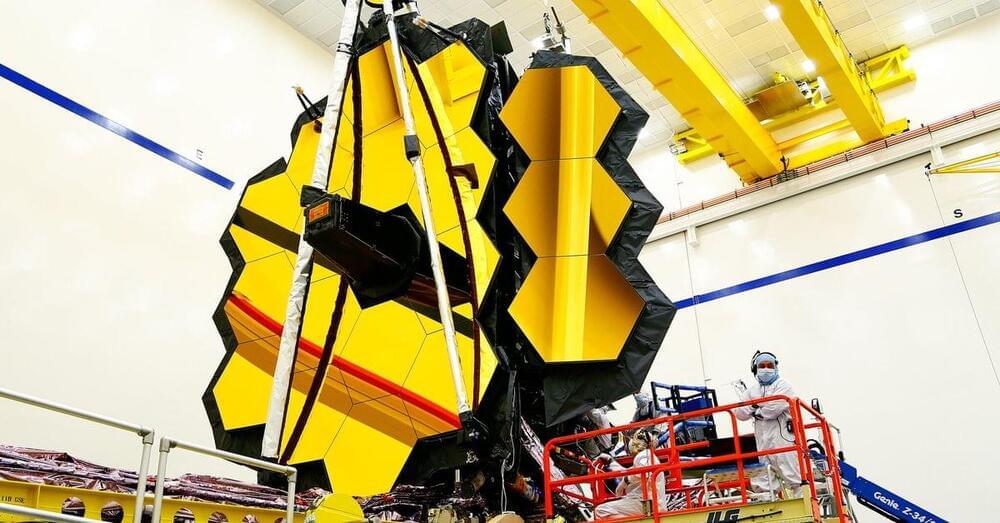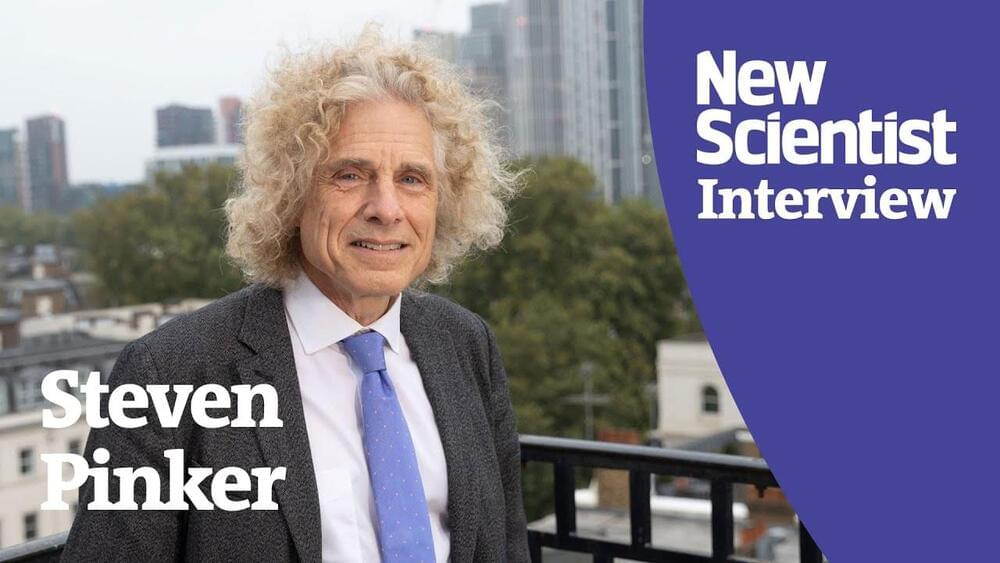Jan 8, 2022
How combining human expertise and AI can stop cyberattacks
Posted by Shubham Ghosh Roy in categories: cybercrime/malcode, finance, health, robotics/AI
Chief information security officers’ (CISOs) greatest challenge going into 2022 is countering the speed and severity of cyberattacks. The latest real-time monitoring and detection technologies improve the odds of thwarting an attack but aren’t foolproof. CISOs tell VentureBeat that bad actors avoid detection with first-line monitoring systems by modifying attacks on the fly. That’s cause for concern, especially with CISOs in financial services and health care.
Enterprises are in react mode
Enterprises fail to get the most value from threat monitoring, detection, and response cybersecurity strategies because they’re too focused on data collection and security monitoring alone. CISOs tell VentureBeat they’re capturing more telemetry (i.e., remote) data than ever, yet are short-staffed when it comes to deciphering it, which means they’re often in react mode.


















